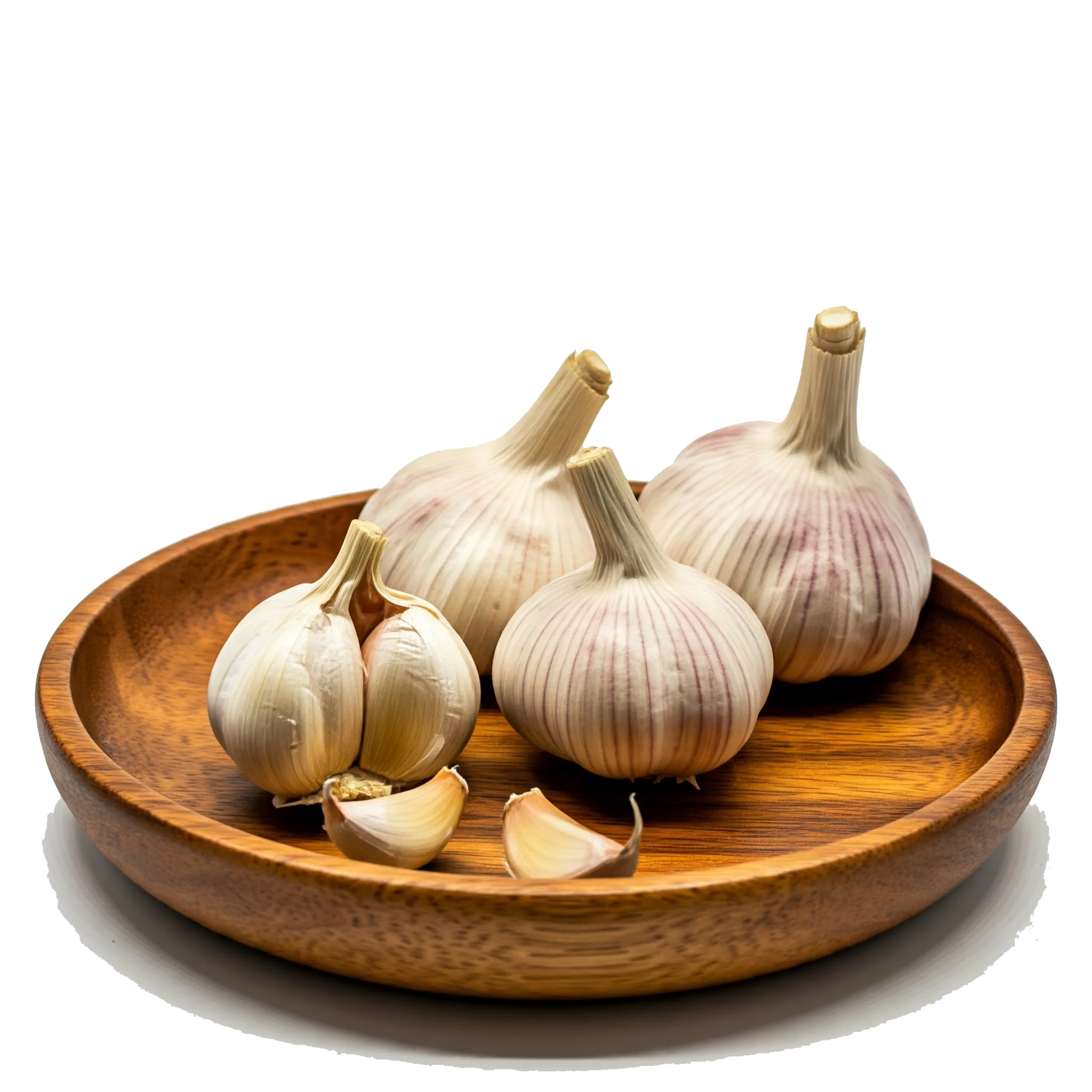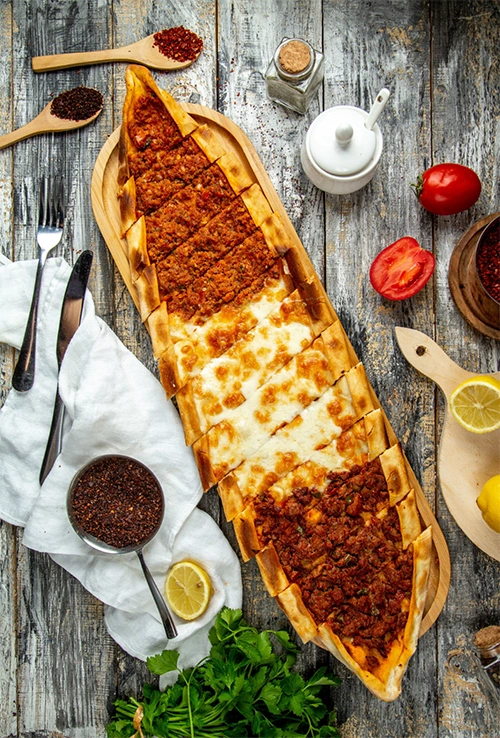

Top Health Benefits of Mixed Turkish Pide You Need to Know
Turkish Pide is a flavorful and versatile dish that offers a balance of macronutrients, providing a rich source of carbohydrates, proteins, and healthy fats. The dough, made primarily from flour, is a good source of complex carbohydrates, offering sustained energy. When filled with lean ground meat, such as beef or lamb, Pide becomes a high-protein meal, essential for muscle building and tissue repair. If prepared with cheese, like mozzarella or Turkish Kasseri, it boosts the meal's calcium content, supporting bone health. Vegetables like tomatoes, peppers, and onions add vital vitamins and minerals, including vitamin C, fiber, and antioxidants, which promote overall health. Additionally, the inclusion of olive oil or butter enhances the dish with healthy monounsaturated fats, which can support heart health. While it provides a good balance of nutrients, it's important to moderate the intake due to its calorie content, especially if consuming multiple servings, to avoid overconsumption of fats and carbohydrates.
 Wheat Flour : 3 Cup
Wheat Flour : 3 Cup Yeast : 1 Teaspoon
Yeast : 1 Teaspoon Water : 1 Cup
Water : 1 Cup Sugar : 1 Teaspoon
Sugar : 1 Teaspoon Salt : as needed
Salt : as needed Olive Oil : 2 Tablespoon
Olive Oil : 2 Tablespoon Beef Tenderloin : 250 g
Beef Tenderloin : 250 g Onion : 1 Piece
Onion : 1 Piece Tomato : 2 Piece
Tomato : 2 Piece Bell Pepper : 1 Piece
Bell Pepper : 1 Piece Garlic : 2 clove
Garlic : 2 clove Tomato Paste : 1 Tablespoon
Tomato Paste : 1 Tablespoon Paprika : to taste
Paprika : to taste black pepper : to taste
black pepper : to taste Parsley : to taste
Parsley : to taste Mozzarella : 200 g
Mozzarella : 200 g Dairy Butter : 2 Tablespoon
Dairy Butter : 2 TablespoonRecipe :
For 4 people
Enjoy your delicious homemade pide!
When preparing Turkish Pide, it is important to follow the steps carefully to ensure the dough rises properly and the filling cooks evenly. For the dough, make sure the yeast is activated properly by allowing it to rest in warm water with sugar before mixing with flour. If the dough does not rise adequately, the texture will be dense and less pleasant. Additionally, the filling should be cooked thoroughly, especially when using ground meat, to avoid any undercooked parts that could affect taste and safety. For the meat version, seasoning is key, so be sure to balance the spices like paprika, cumin, and black pepper for a flavorful result. When using cheese as a topping, avoid overloading it to prevent the Pide from becoming too greasy. Also, keep in mind the size and shape of the Pide; it should be shaped like an elongated boat to allow for even cooking in the oven. Lastly, don't forget to preheat the oven to the correct temperature and keep an eye on the Pide as it bakes to ensure it turns golden brown and crispy without burning.

Turkish Pide, while delicious and rich in nutrients, may not be suitable for all dietary preferences. It is not ideal for ketogenic or paleo diets due to its reliance on wheat flour for the dough, which is high in carbohydrates. For those following a gluten-free diet, Pide can be made gluten-free by substituting traditional flour with a gluten-free flour blend, although this may alter the texture slightly. For vegan and vegetarian diets, a meatless filling made from vegetables like spinach, mushrooms, or even tofu can be used, while ensuring that dairy products like cheese are excluded or replaced with vegan cheese alternatives. Low-calorie or high-protein diets can benefit from a modified version of Pide by reducing the amount of cheese and oil, and using leaner meats or plant-based protein sources. Those on a DASH diet, which emphasizes reducing sodium intake, should be cautious with the use of salt and processed ingredients in the filling, like store-bought tomato paste or canned meats, which could increase sodium levels. Lastly, people on fasting protocols or intermittent fasting may find this meal a bit too rich or high-calorie if consumed outside of their eating window. Therefore, portion control and the choice of filling ingredients are key to making Pide compatible with specific dietary restrictions.
Sarvin (March 30, 2025, 4:08 p.m.) : Good
Mahta (May 24, 2025, 4:35 a.m.) : I bake this. It was very good